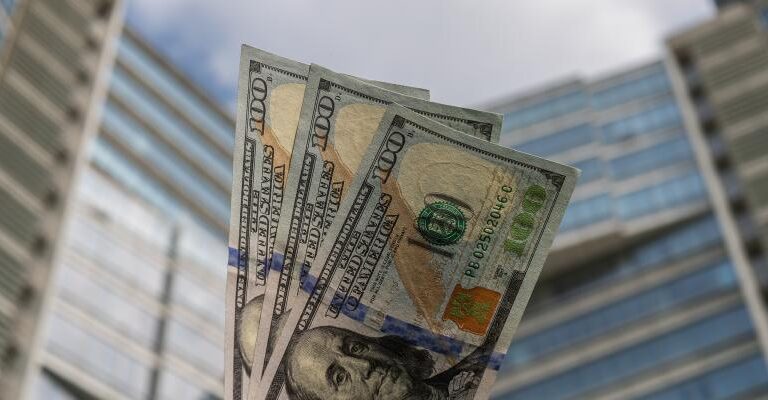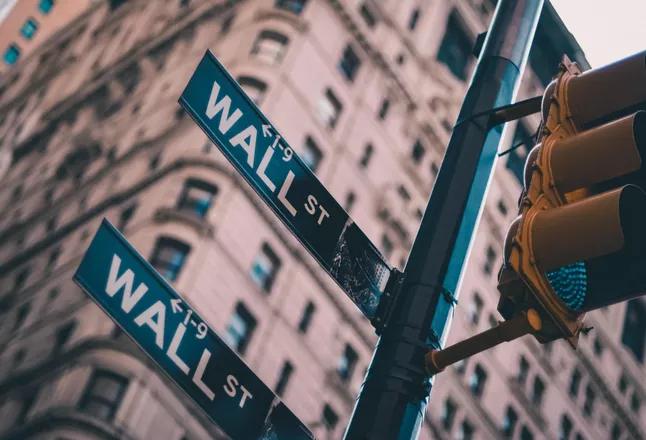Competition for industrial net lease assets is so high, sellers are marketing their properties without price tags to see how far buyers will go to win the bid.
In spite of rising prices, low cap rates and limited product availability, industrial sales volume has been on a steady upward trajectory throughout the pandemic. This is particularly true when it comes to industrial net lease assets, with buyers now willing to go very far to secure a bid for these properties.
Strong fundamentals and optimistic outlook for the industrial sector are driving investor activity to a new level, notes Jeff Chiate, vice chair of the industrial advisory group with real estate services firm Cushman & Wakefield who is based in the firm’s Orange County, Calif. office. “What started out as an Amazon story a year ago has translated into demand for anything industrial,” he says.
What’s happening today is that all the traditional institutional buyers of industrial properties—REITs, pension funds, life companies and private equity players—have been followed by capital sources that are pivoting from office, retail and hospitality acquisitions into the industrial sector, Chiate adds. These include small private investors and family offices, according to Al Pontius, San Francisco-based senior vice president and national director for office, industrial and healthcare with real estate services firm Marcus & Millichap. “All sizes and shapes [of industrial properties] are popular across the investor spectrum,” he says.
According to net lease-focused brokerage firm Stan Johnson Co., in the first half of 2021, domestic private buyers were responsible for 42 percent of all industrial net lease sales, up from 32 percent during the same period last year. Domestic institutional buyers amped up their activity a bit as well, accounting for 33 percent of transactions vs. 29 percent in the first half of 2020. Domestic publicly-traded REITs, on the other hand, contracted their activity to represent just 10 percent of transactions this year vs. 19 percent in 2020. The share of sales attributed to domestic end-users stayed the same, at 6 percent.
Single-tenant industrial sales reached a five-year high at $12.9 billion in the fourth quarter of last year, according to real estate date firm Real Capital Analytics (RCA). In the second quarter of 2021, prices on these assets reached a record of more than $126 per sq. ft. nationally, with an average cap rate of 5.9 percent, RCA estimates.
In times of uncertainty, net lease assets with long-term leases and credit-worthy tenants tend to be the most sought-after property type among investors seeing risk-adjusted, recession-proof opportunities. But industrial net lease seems to be particularly popular during this real estate cycle. According to Stan Johnson Co., in the second quarter of 2021, trades of industrial properties accounted for 47 percent of all net lease sales, at more than $8.4 billion. Western U.S. saw the biggest share of these transactions by far, at $2.47 billion. The Northeast, however, recorded the lowest average cap rate, at 5.04 percent.
Market uncertainty isn’t the only driver behind the upward trajectory of net lease industrial sales activity, according to Marc Imrem, managing director of national net lease and sale leaseback group with real estate services firm Transwestern. “Investors are attracted to this sector because manufacturing and distribution are essential to the supply chain for both bricks-and-mortar businesses and e-commerce, which has gone into overdrive since the start of the pandemic. This, combined with the low cost of capital, provides increasing momentum for industrial net lease.”
Imrem notes that assets located near major coastal ports, including New York, Miami, Houston, Los Angeles and San Francisco, tend to be the most popular among investors. Large modern distribution centers leased to major logistics companies are in highest demand in these markets, along with properties that feature expansive outdoor storage or parking yards. Outside of port markets, last-mile distribution facilities are the most popular with net lease investors.and
Cap rates on industrial net lease assets continue to trend downward and yield spreads between properties in gateway and secondary markets are near a record low, says Chiate. Core industrial assets in gateway markets are trading in the low 3-percent range, while equivalent assets in virtually every secondary market are trading in the sub-4 percent range, he notes.
With a limited number of institutional quality assets with long remaining lease terms available, competition for acquisitions is fierce, and sellers are getting multiple offers at or above expectations, with aggressive timing on due diligence and closing, Imrem adds. These deals are typically marketed without an asking price.
“It is not uncommon to have over 20 offers for better projects, and pricing continues to break records as yields have compressed dramatically on the back of strengthening fundamentals,” Chiate says.
Bidding on assets is highly competitive, agrees Pontius, noting that the number of bids varies by transaction, but pricing often exceeds initial guidance and/or the listed price (if there is one in the first place). The expectation for strong rental growth, fueled primarily by the continued expansion of e-commerce, is the key attraction of the sector.
Even sellers of lesser quality assets in terms of credit rating and lease terms are benefitting from the strong investor demand. “This sector is white hot, so it has increased the liquidity for lower quality assets since ‘all boats rise’ in the current environment,” Pontius says.
There has been a considerable acceleration in sales of such lower quality assets in gateway markets through the country, since these facilities are still seeing rapid rent increases, notes Chiate. Many of the buyers who are bidding on class-A properties are also interested in the lower quality facilities, he says. That’s because some investors are attracted to assets with shorter-term leases, given the upside potential of increasing rents and achieving much higher IRRs over a 10-year hold. “We are seeing much lower initial yields on three- to seven-year leased projects compared to 10 years plus, but most investors are underwriting high single-digit rent increases over the next three years to push returns.”
Source: View Original Article






